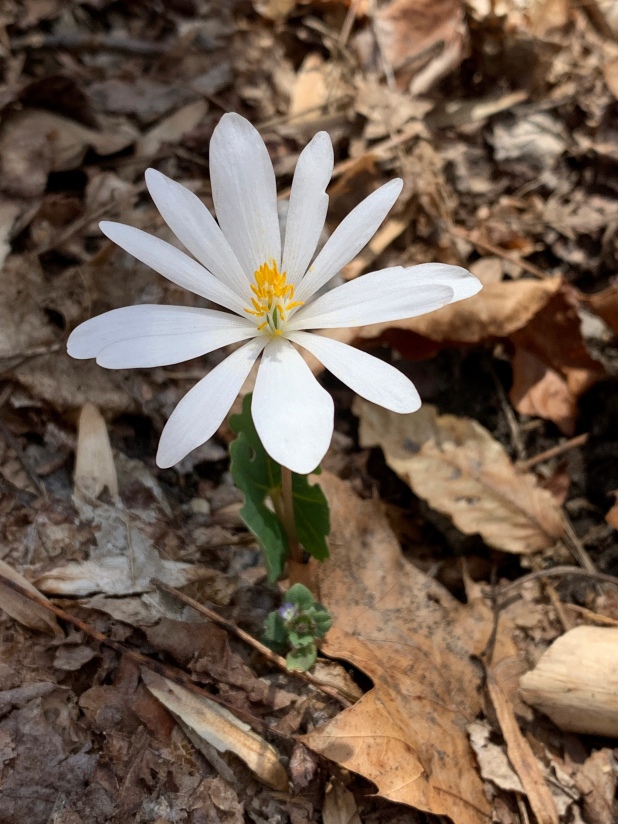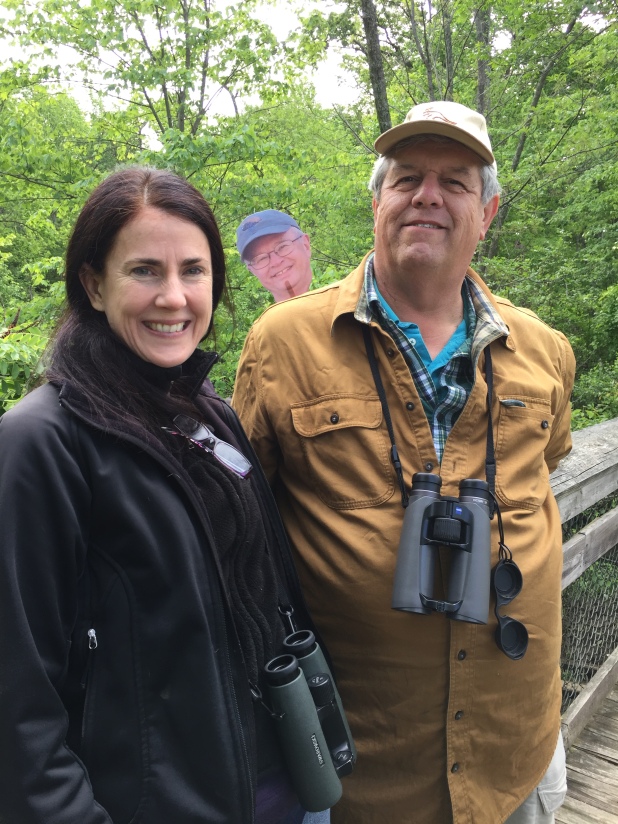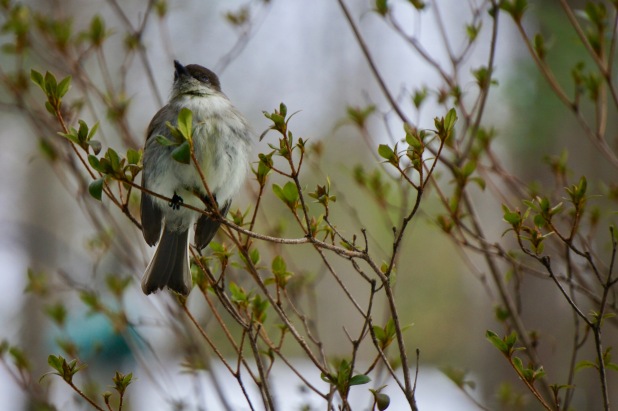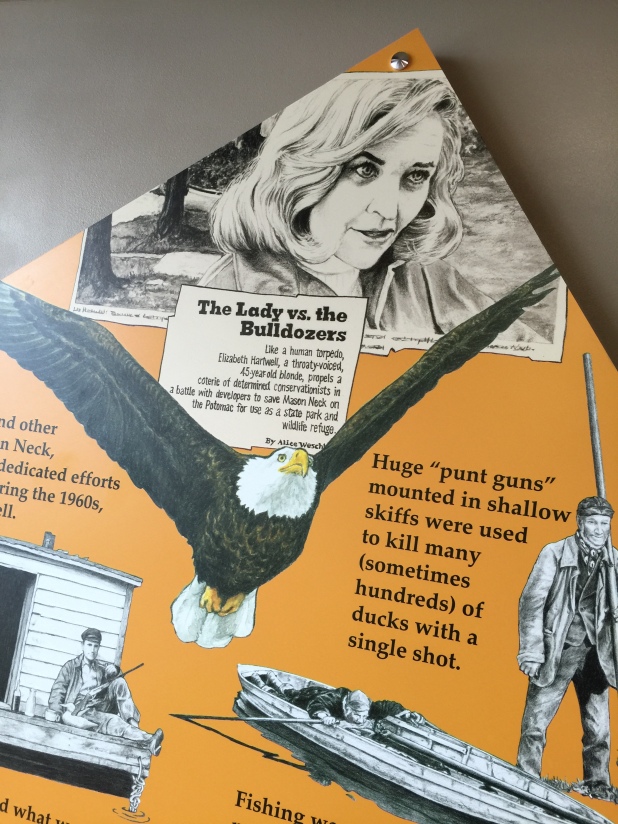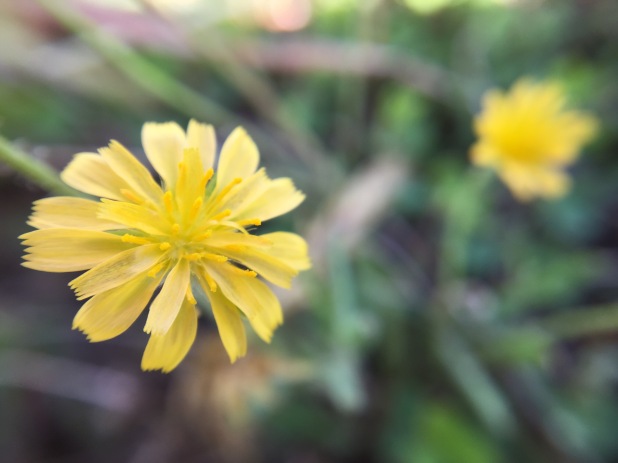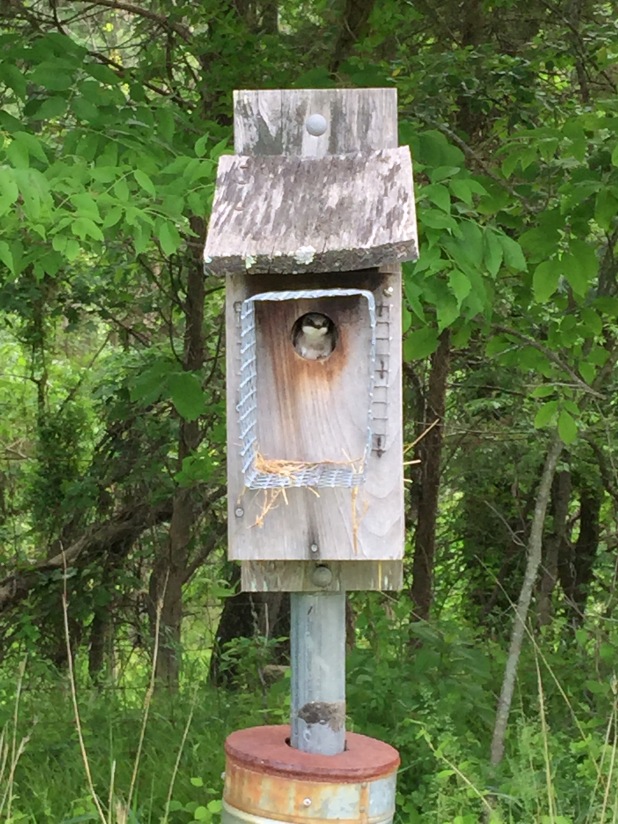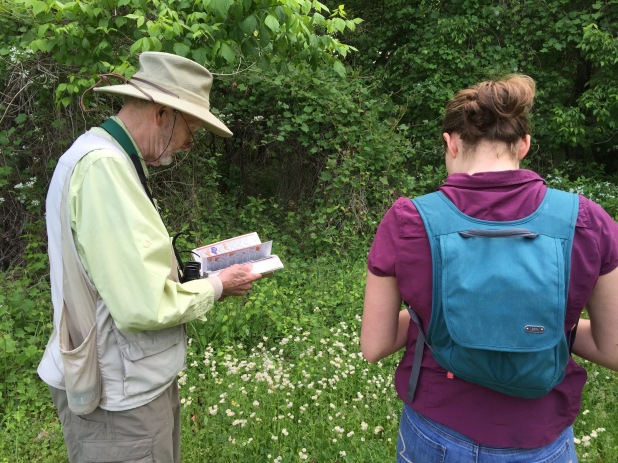On President’s Day I set off on an adventure with two of the best friends a girl could have in search of a possible Code 5 Accidental bird. What’s a Code 5 Accidental bird?
According to the American Birding Association:
Code 5: Accidental.
Species that are recorded five or fewer times in the ABA Checklist Area, or fewer than three records in the past 30 years.
This could quite possibly be the bird of the year to see in the lower 48. A striking bird, the Black-backed Oriole (Icterus abeillei) has been making a suburban neighborhood in Sinking Springs, PA, his home, possibly since last year according to home owners.

Photo: Greg Fleming
What’s the big deal, you ask? Why would you drive three hours to see a bird? Because this bird is an endemic species to Mexico. It does not migrate north to south like our Baltimore and Orchard Orioles, but latitudinally up and down a mountainside during breeding season. There is no way this bird should be here.
How it made its way to Pennsylvania will be a hotly debated topic in the birding community. Some claim that it must have been an escaped “pet” or a refugee from the exotic pet trade. Although one comment on Nate Swick’s ABA Blog noted that this bird is not a highly collected species, the debate will most certainly continue.
There is a procedure that this bird will have to go through before being accepted as an ABA record. For those that keep life lists it’s a big deal to check off one more species. My birding companions have extensive lists, each has observed well over 700 of the 993 species of birds that the ABA acknowledges in accordance with the American Ornithologists Union Committee on Classification and Nomenclature of North and Middle American Birds (NACC) – say that three times fast! Birding is serious business.
By now, your head is probably spinning from all the hyperlinks and acronyms, but there is a bit more to our story. I have a life list, not nearly as extensive as my friends, but we all bird for different reasons. I am just as fascinated by birds as they are, but more important than checking off another species, it’s the time I get to spend with them creating memories that will last a life time.
There are a lot of odd ducks in the bird world and I happily consider myself a “bird nerd.” I’ve often wondered why some birders are not as social as others and have come to the conclusion that it’s because it’s something that can be done solo – you don’t have to have a team to bird. You do however have to practice, practice, practice and study. One thing I am consistently amazed at is the sense of community that I feel each time I go into the field or on an adventure like this.
Have you ever seen the movie, “The Big Year“? It’s the one with Steve Martin, Owen Wilson and Jack Black based on the book by Mark Obmascik. It’s a pretty accurate representation of our community (although Hollywood definitely took liberty with the characters involved). The folks that discovered the Black-backed Oriole, as well as their neighbors, are avid nature enthusiasts. They knew that once the word got out about this bird, folks would flock by the hundreds to see it. They could have kept it secret and off eBird, but worked out a plan and set down some rules so that they could share this moment with the rest of us.
The rules in this instance are pretty simple:
• Visiting hours 7:30 am to 4 pm only.
• Park on Indiana Street.
• Be courteous, don’t block driveways or mail boxes.
• Please sign the Logbook so the homeowners know who comes to see the bird and where they come from.
• Please don’t stand right in front of the house to keep from scaring the bird away from the feeder by the front window! The bird is shy!
• Please stay on the sidewalks and don’t enter people’s yards.
• Respect the neighborhood’s privacy and property.

Signing the guest book.
Reputation is everything in this brotherhood. Break the Birding Code of Ethics and you will be shunned. So far, it seems, almost all the visitors have cooperated.
The homeowners who have agreed to allow folks to set up in their driveway are beyond nice. They have refreshments set out for visitors and are happy to share the habits of the bird. Neighbors come out to chat, ask where you’re from and about your optics. They even have a collection box to help pay for all the fruit and seed that is put out for the bird. The remainder of the money will be donated to a local conservation organization.
Folks have traveled from as far away as California, Florida and Canada! To date, they’ve had over 1,500 visitors. You can even order a super cool t-shirt from Code5 Graphics – can’t wait to get mine in the mail!!!
Even if the bird is not accepted as a record by the ABA (it happens), I’m glad that my friends and I went to see it. We’ll have wonderful memories and stories to recall as we wait for our next adventure.

